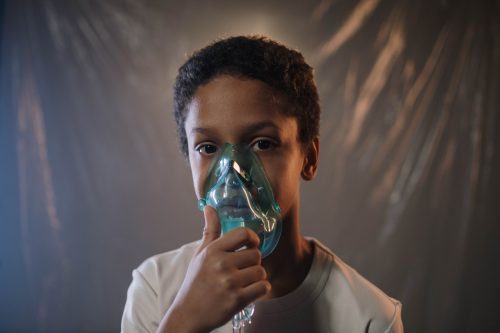Education for National Respiratory Care Week, Oct. 24-30, 2021 .
Airways, lungs, blood vessels, and muscles are parts of the respiratory system. Human beings need a constant supply of oxygen to live. We must also simultaneously eliminate the waste gas, carbon dioxide. This is accomplished by breathing. If you don’t have enough oxygen in your blood or your levels of carbon dioxide become elevated, you may be suffering from respiratory failure. If this isn’t corrected, the failure may lead to severe illness or death.
Rapid breathing and confusion are symptoms you may have if there are high carbon dioxide levels.
Blue color in the skin or lips, agitation, loss of consciousness, rapid heart rates, and sweating are symptoms you may have if there are low oxygen levels.
Causes of respiratory failure
- Airway blockages (choking)
- Emphysema or chronic obstructive pulmonary disease
- Brain, spine, or rib injury
- Infection or pneumonia
- Inhalation of smoke or chemicals
- Excessive drug or alcohol use
- Stroke
Patients at risk for respiratory failure
- Smoking tobacco and drug or alcohol use
- Family history of lung disease
- Trauma
- Immune system diseases
- Asthma, emphysema
Making the diagnosis
If you fall into any of the above categories, seek immediate medical attention or make an appointment to see a pulmonologist or lung doctor. Doctors can perform exams and check laboratory tests to diagnose and treat your condition. Call 1-844-CRITACUITY for more.

